By Louise Irvine
Dancing with Elephants is an award-winning book that celebrates mindfulness and joyful ways to live by facing up to the proverbial elephant in the room. It is important to find the humor in life during challenging times and at WMODA we find joy in the gentle giants of the animal kingdom portrayed by the Ardmore artists in South Africa. In our new exhibition, Safari Dance, we celebrate Ardmore Ceramic Art and Design and their fabulous fantasy design of dancing elephants.
Dancing with Elephants
In Dancing with Elephants, the national bestselling author and peacebuilder, Jarem Sawatsky, PH.D., learned how to dance with elephants by transforming fear into joyful dancing and he shares his inspirational journey to find the art of real happiness no matter how difficult the path. Life can be tough and laughter is what we all need to not take ourselves too seriously. It’s better to laugh than cry! Our WMODA visitors smile every day at the whimsy of the ceramic sculptures and vases featuring elephants in the Safari for the Soul exhibition and the absurdity of elephants dancing on Ardmore’s Sabie sofa and pillow collection creates even more amusement with guests grinning from ear to ear.
The Ardmore Ceramic Art studio has found joy in dancing elephants for many years thanks to Alex Sibanda, a Zimbabwean sculptor who joined the studio in 2010. He specializes in sculptures of elephants and worked on a series of monumental elephant urns which are now in the museum at Ardmore. The urns were painted by Jabu and Zinhle Nene, two of the studio’s most brilliant painters. The talented sisters achieve their intricately patterned designs by stippling, sponging, scaling, and feathering with their brushes.
Dancing up the Walls
The Ardmore elephant urns inspired Shauna Dennison, a designer from Cole & Son in London, to create the Safari Dance pattern for their wallpaper collection which was launched in 2017. We were so impressed with the design at WMODA that we framed it for the opening of our Ardmore gallery. The Safari Dance wallpaper is made in several color variations using natural tones of charcoal, sand, and stone, tinged with rust or a hint of mulberry. Elephants also feature in Cole’s new wallpaper collection which will be launched in the US next year.
The Safari Dance motif became iconic when the Ardmore Studio incorporated the dancing elephants into iconic sculptures and vessels, which were snapped up by collectors around the world. In 2018, Fèe Halsted, the founder of Ardmore, decided to feature the dancing elephants on her limited edition sofa design which took center stage in her new Sabie collection of luxurious soft furnishings. The Sabie sofa elephants juggle a vervet monkey watched by travelers riding a giraffe and an ostrich. Hippos wallow in the great Sabie river where huge varieties of game come to drink, bathe, and fish. Lurking among the waterlilies to surprise thirsty travelers are crocodiles and snakes while a King Cheetah springs from the dense foliage on the back of the sofa.
Safari in the Sabie
Fèe was inspired by a safari to the lush Sabie region of the Kruger Park which ignited her imagination and rekindled her spirit. She sketched the dense vegetation and never-ending tapestry of camouflaged beasts and birds and reminisced on the naïve paintings of the French artist, Henri Rousseau. On her return to the Ardmore Studio, Fèe worked with her daughter Catherine Berning and the painters Sydney Nyabeze and Abel Mohlokoana to translate her designs into three new fabric designs, Sabie Forest, Camp Critters and King Cheetah.
Sydney joined Ardmore in 2011 after a career as an artist in Zimbabwe and he is one of the studio’s most versatile artists. As well as painting on pottery, he was responsible for one of the scarf designs produced by Hermès and he also worked on the Zambezi fabric collection. Abel is the latest recruit to the Ardmore Design Studio and he is studying graphic design under Catherine’s mentorship. In the hands of the Ardmore artists, sofas, pillows, and poufs have become works of art celebrating Africa’s magical animal kingdom and enchanting botanical fantasies. The deluxe Sabie sofa is offered in shades of sensual velvet and the elephants dance in a jungle of verdant greens in the Delta design and midnight blues in Tanzanite.
Jabulani Elephants
One of the most famous elephant communities in South Africa is the Jabulani herd. The original elephants were rescued from Zimbabwe in 2002 and since that date calves have been born and orphans have been introduced. The herd teaches people about the intelligence and sensitivity of their species and their capacity for empathy and compassion as they welcome orphans into their family. Visitors can take an elephant-back safari across the vast bushveld and meet Sebakwe, the dominant male and father of the herd. He is the star of the Amarula adverts for the South African liqueur company and loves interacting with people on camera for treats. Learn more about HERD (Hoedspruit Elephant Rehabilitation and Development) in their Big Five private reserve in South Africa.
Baby Elephant Walk
Although elephants are among the biggest and most charismatic animals on Earth, they cannot impress us on the dance floor except in our wildest fantasies. The African elephant is the largest living land animal and defies its size by running at speeds of up to 25 miles per hour. However, its legs are so heavy they cannot change direction quickly or jump and so it is not good at more graceful moves. Despite this, elephants have been taught to “dance” in circuses and continue to entertain crowds in some parts of the world. In the wild, baby elephants appear to dance as they flap their ears and sway as can be seen in this video shot in the Kruger National Park in South Africa. It is set to the goofy Baby Elephant Walk tune composed by Henry Mancini in 1961. The calliope introduction to the boogie-woogie rhythm conjures up images of the circus and the brass and woodwind instruments suggest an elephant toddler filled with the exuberance of youth.
Disney’s Dumbo
Perhaps the world’s most famous baby elephant is Dumbo, the peculiar pachyderm who could flap his ears and fly. His original story was told by Helen Aberson and he took off in Disney’s classic animated cartoon of 1941. When storks deliver a baby elephant to the circus, he is ridiculed for his huge ears. Dumbo becomes a circus side-show attraction but flies to stardom thanks to his only friend, Timothy the Mouse. Their friendship parodies the fabled animosity between tiny mice and massive elephants. The classic Dumbo aerial carousel is one of the oldest attractions in the Disney parks dating back to the opening of Disneyland in 1955 and it is the only ride to be featured in all six parks around the world. The story of Dumbo was reprised recently in Tim Burton’s live-action adventure in 2019, where “differences are celebrated, family is cherished, and dreams take flight”.
Dancing elephants in tutus were “auditioned” for the Dance of the Hours in Fantasia and concept sketches of prancing pachyderms were drawn by the Disney animator Lee Blair in 1940. However, the role went to some equally preposterous pirouetting hippos. His older brother, Preston Blair, also drew dancing elephants for an animator’s instruction manual in the 1970s.
Fire & Soul
Even though elephants are not built for the ballet, they can still dance their way into our hearts as demonstrated by the success of the Sabie collection. Ardmore’s mantra of taking “Art into Design” has led to the development of bespoke furniture and luxurious fabrics which stand proudly beside their ceramic art heritage. The new exhibition at WMODA Safari Dance · A Celebration of Ardmore Ceramic Art & Design opens on Saturday, October 30 on the same day as Fire & Soul · Dance from Ballet to Cabaret. A selection of the Ardmore exhibits will be for sale through the WMODA Museum shop courtesy of the Pascoe Gallery. All sales will benefit the educational programs at WMODA.
Read more...
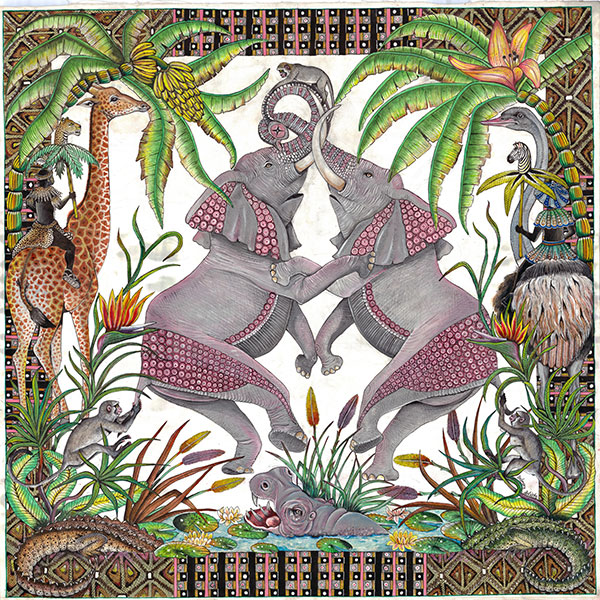
Ardmore Dancing Elephants Watercolor design
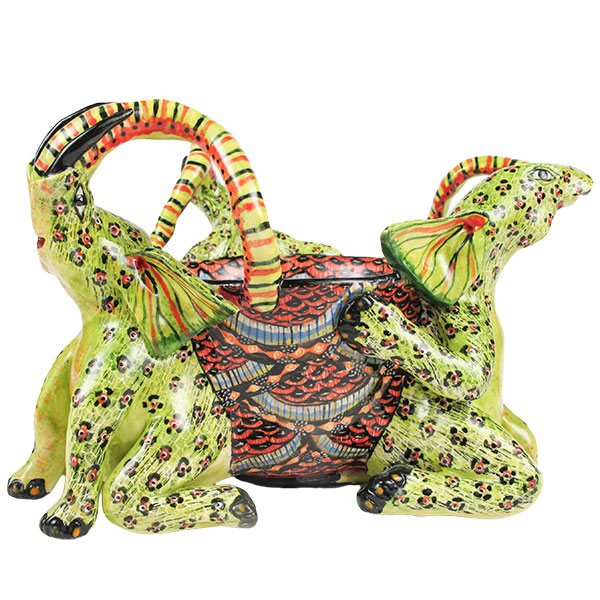
Ardmore Green Elephants Bowl
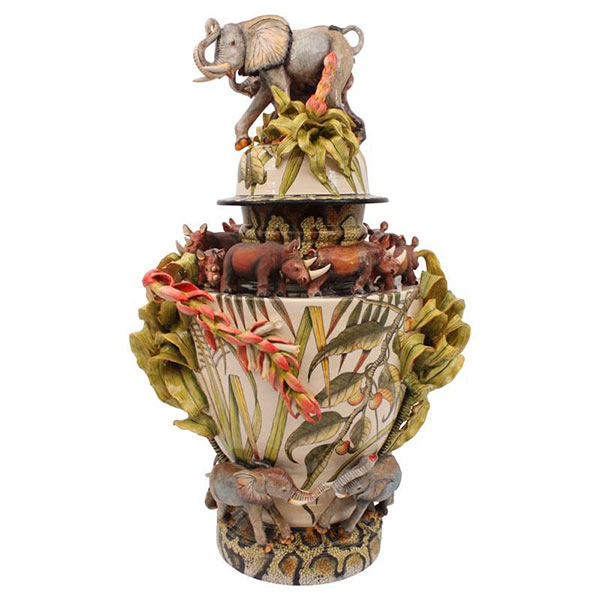
Ardmore Elephant Urn
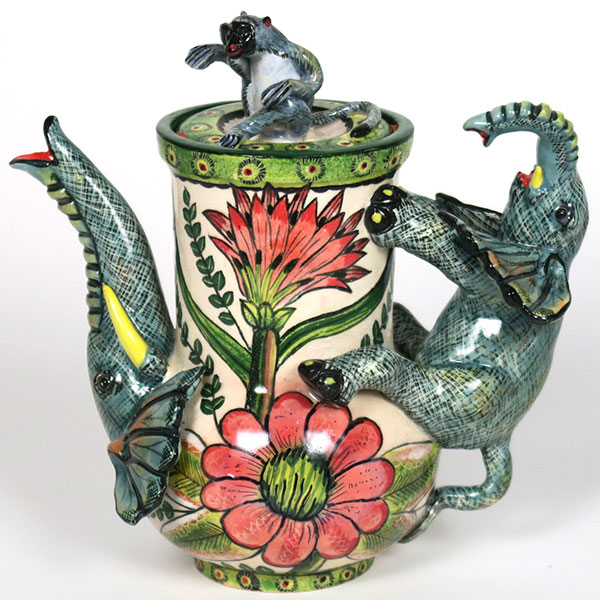
Ardmore Elephant Teapot
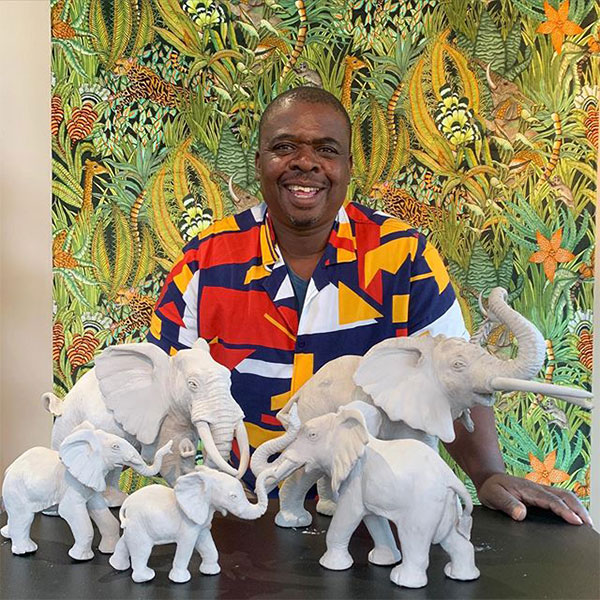
Alex Sibanda
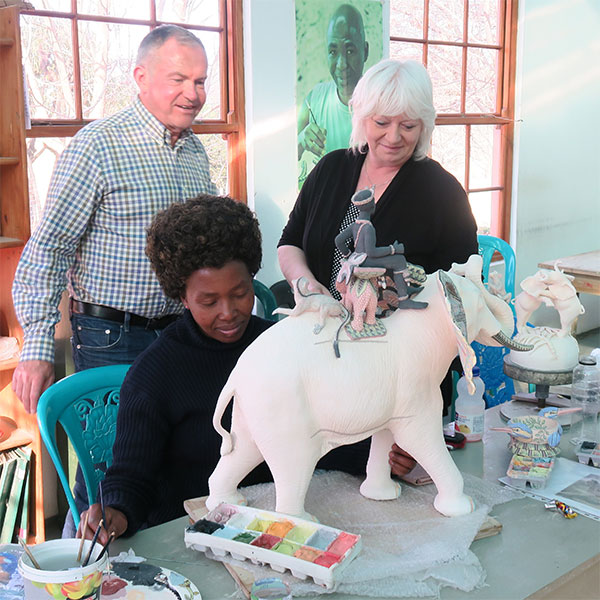
Jabu Nene with Ed Pascoe and Louise Irvine
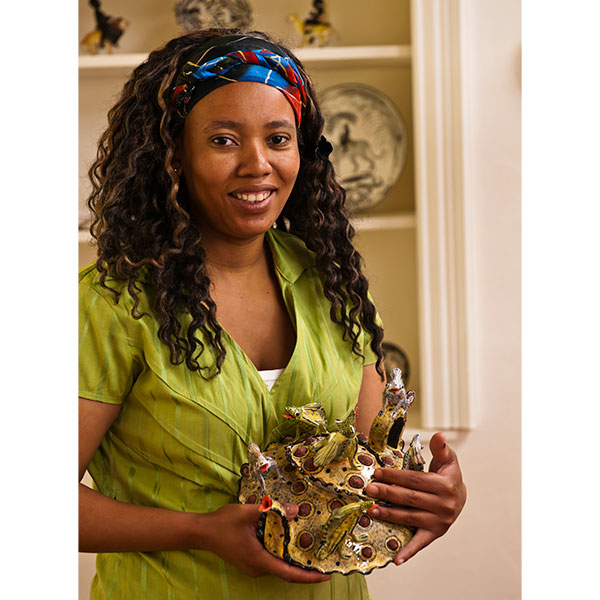
Zinhle Nene
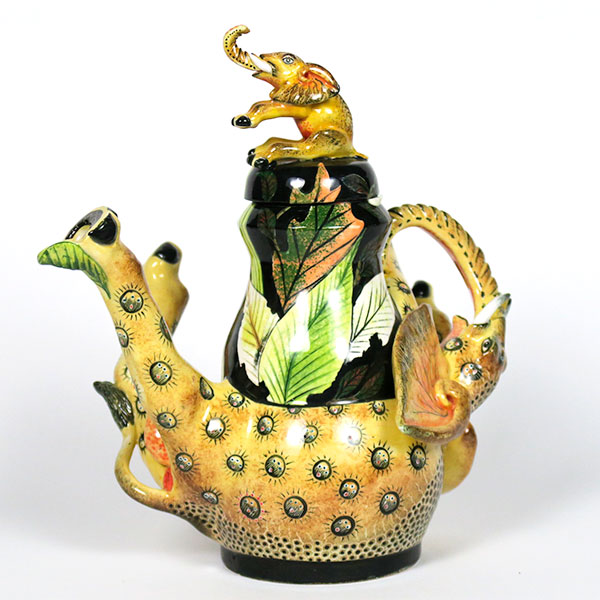
Ardmore Elephant Teapot
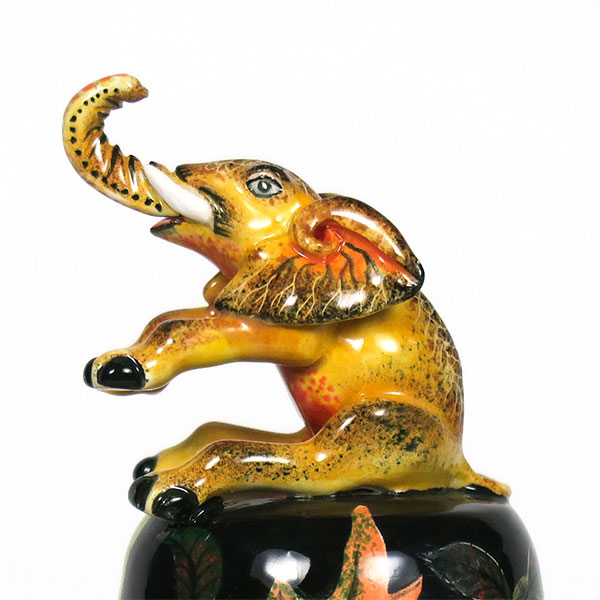
Ardmore Elephant Teapot detail
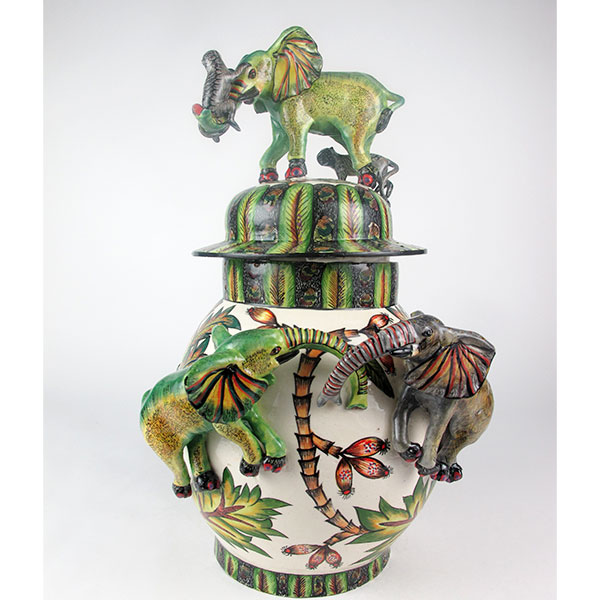
Ardmore Elephant & Monkey Lidded Vase
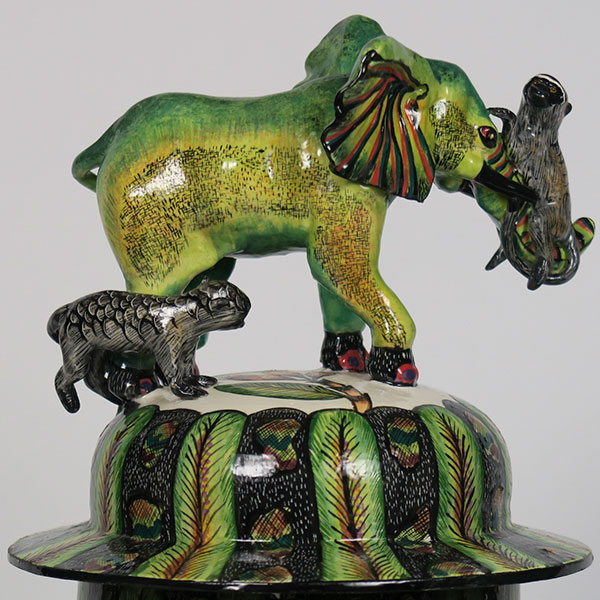
Ardmore Elephant & Monkey Lidded Vase detail
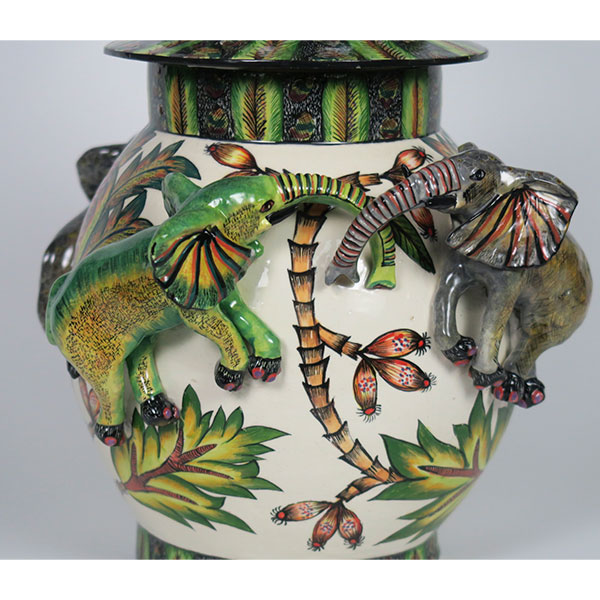
Ardmore Elephant & Monkey Lidded Vase detail
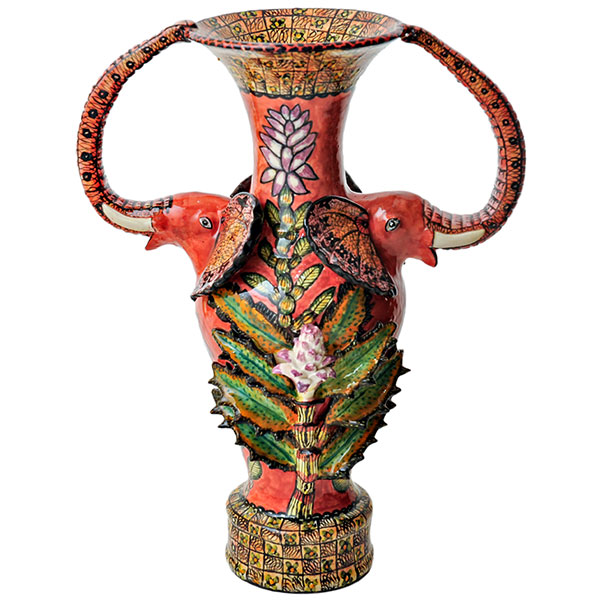
Ardmore Red Elephants Vase
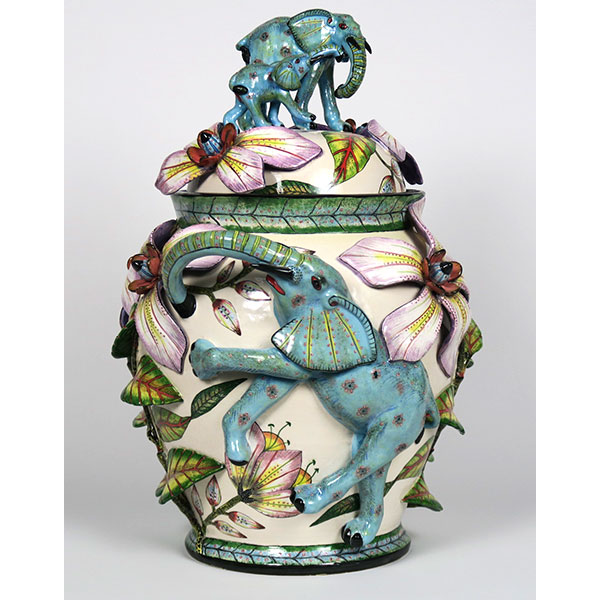
Ardmore Bue Elephants Lidded Jar
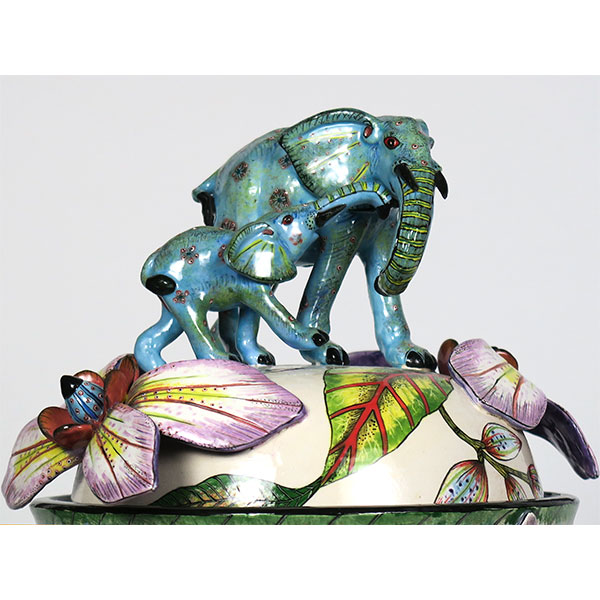
Ardmore Bue Elephants Lidded Jar detail
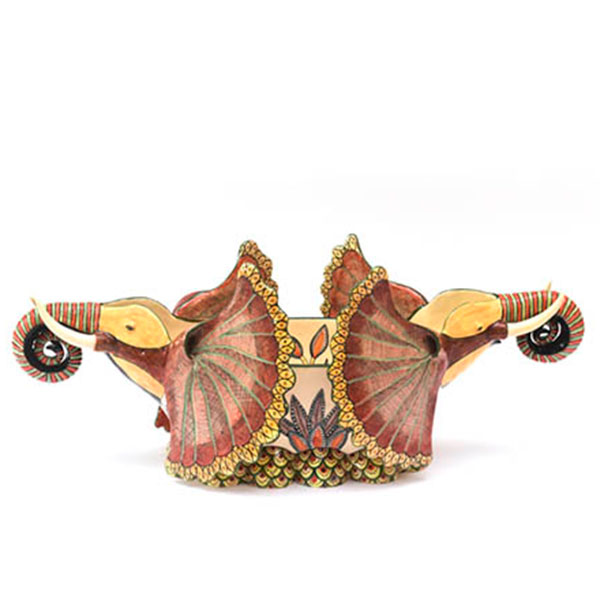
Ardmore Elephants Bowl
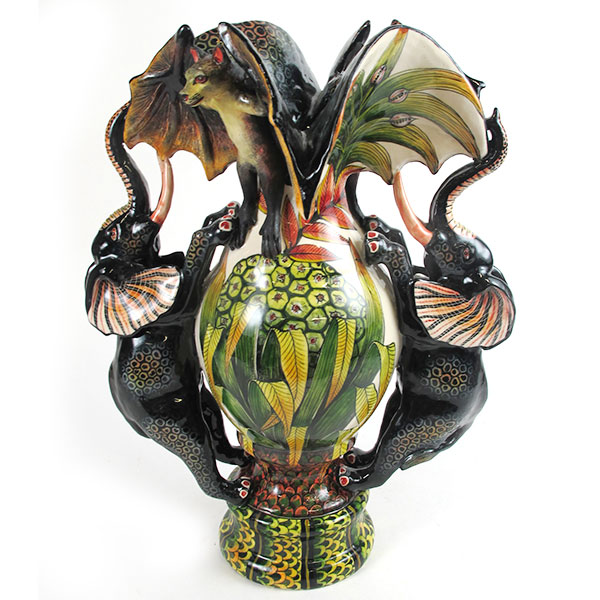
Ardmore Elephants and Bats Vase
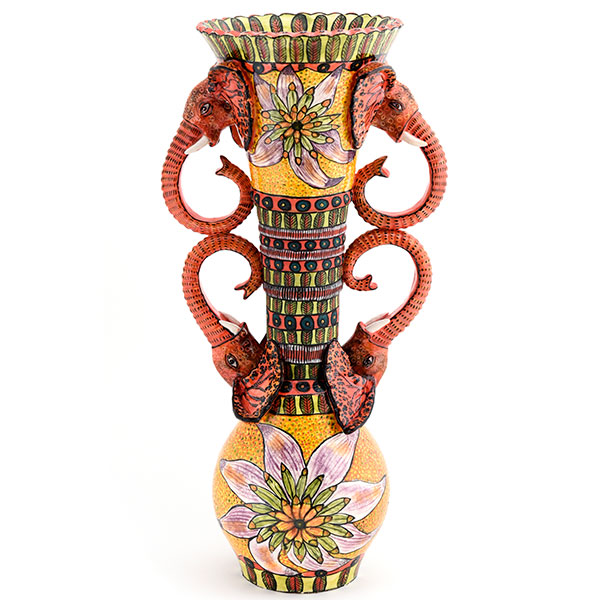
Ardmore Elephants Vase
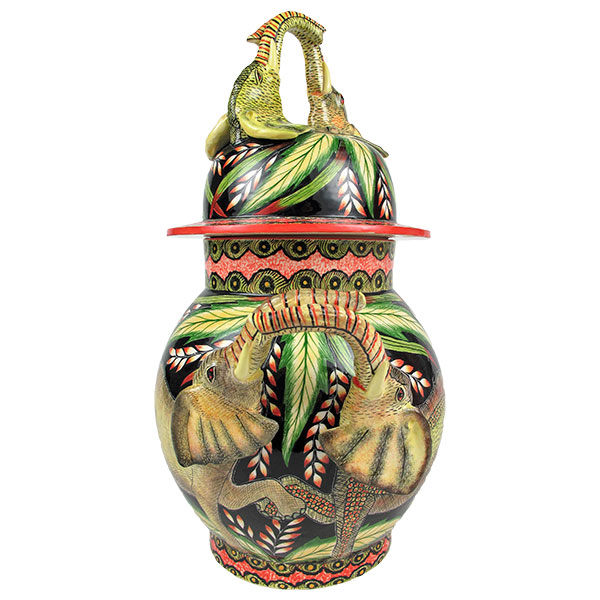
Ardmore Elephants Jar
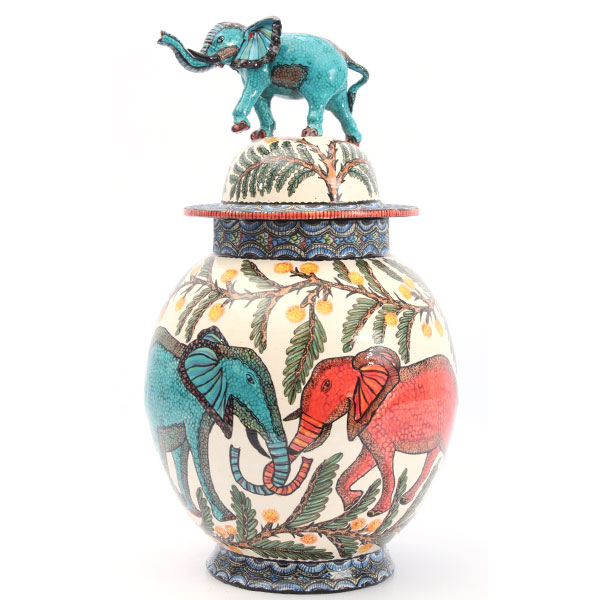
Ardmore Blue Elephants Jar
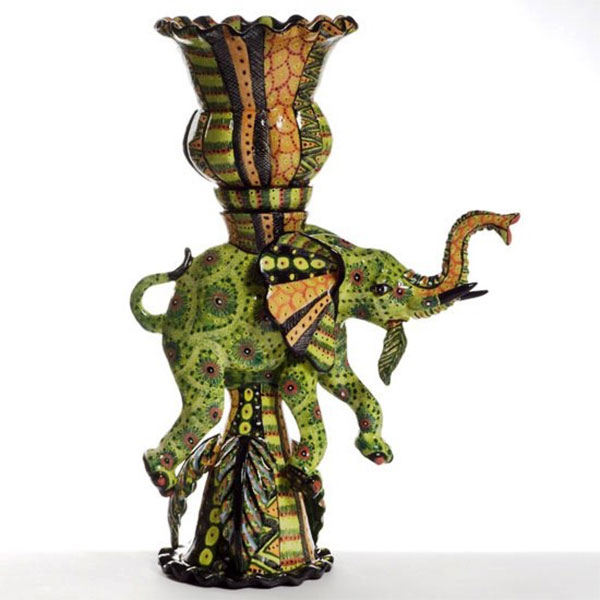
Ardmore Green Elephant Candlestick
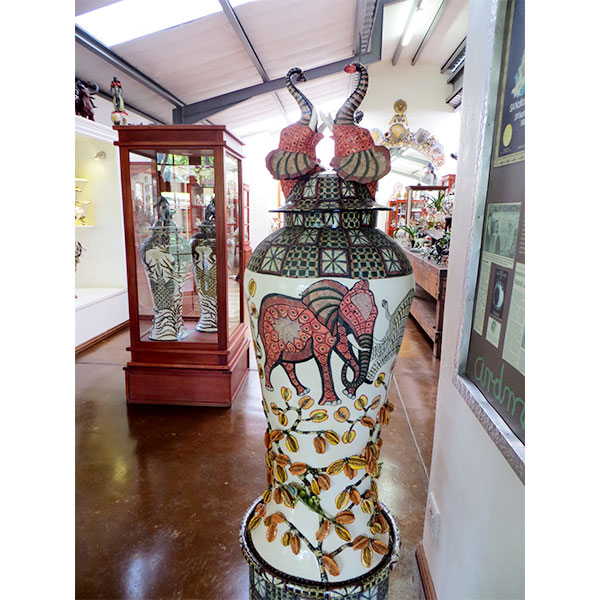
Monumental Elephants Urn at the Ardmore Museum
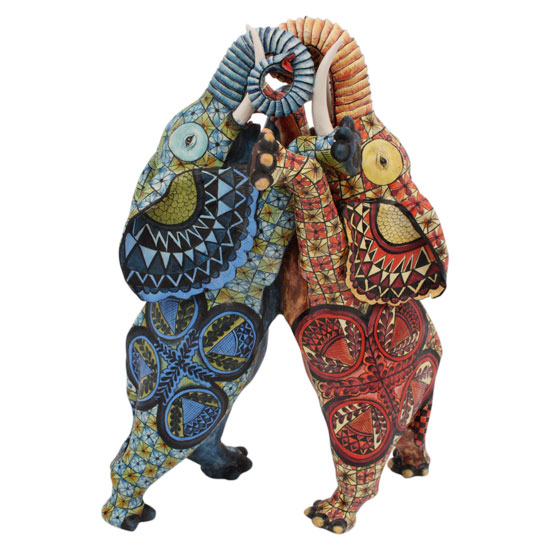
Ardmore Dancing Elephants
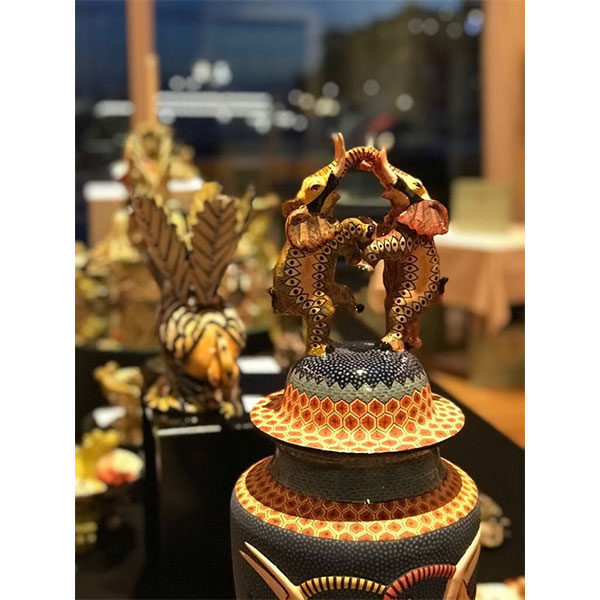
Ardmore Elephants Urn detail
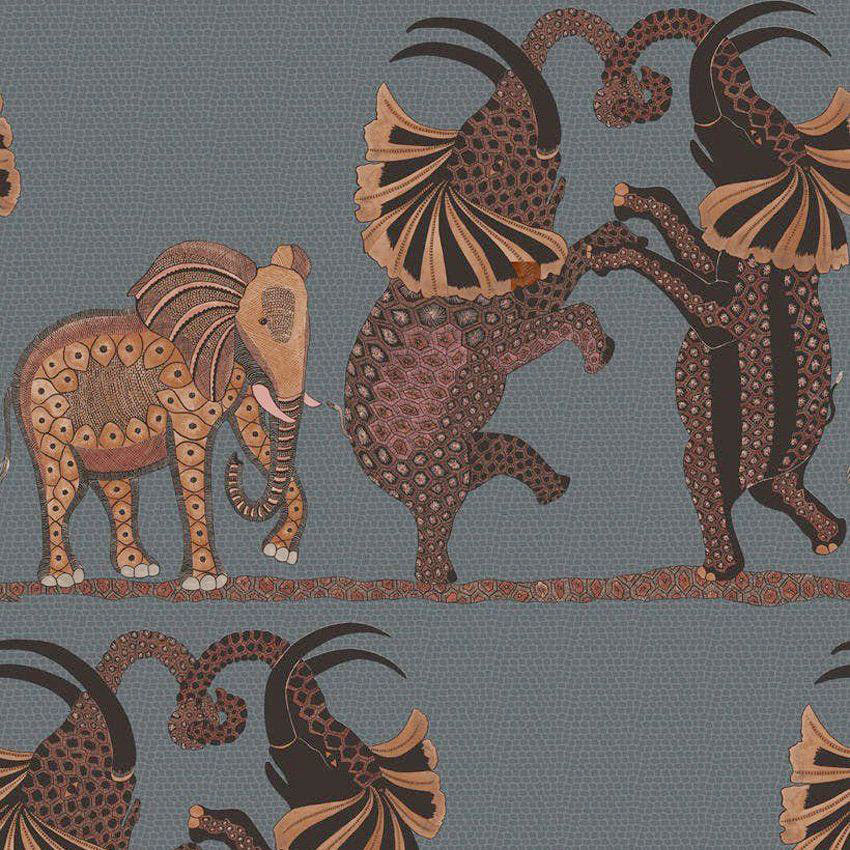
Safari Dance Wallpaper detail
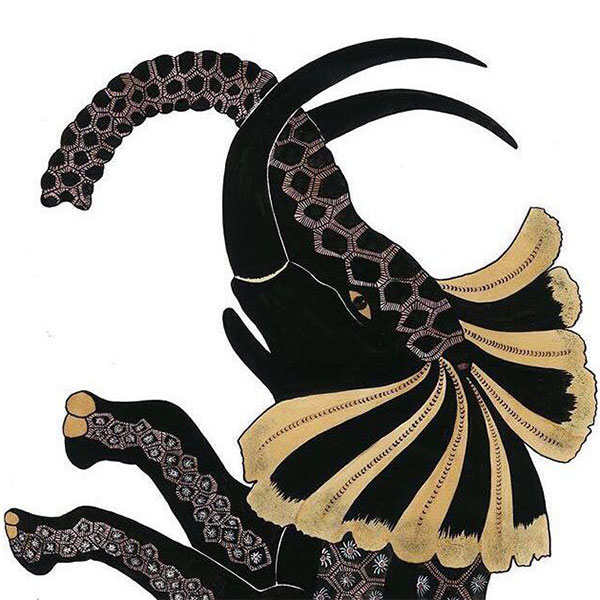
Cole & Son Safari Dance detail
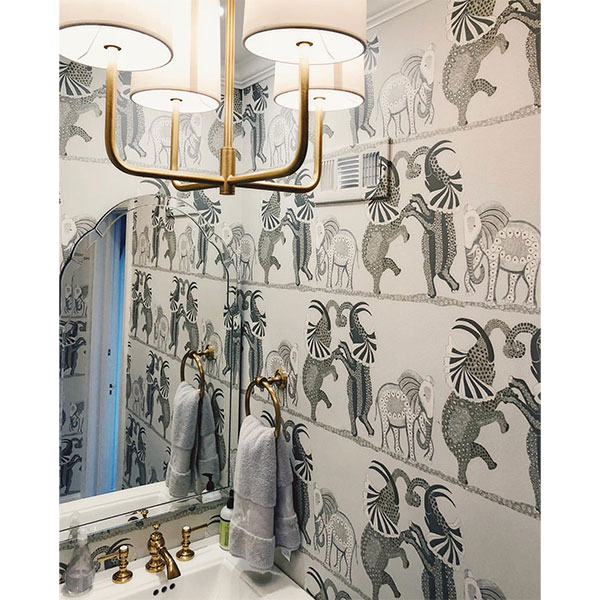
Bathroom with Safari Dance wallpaper
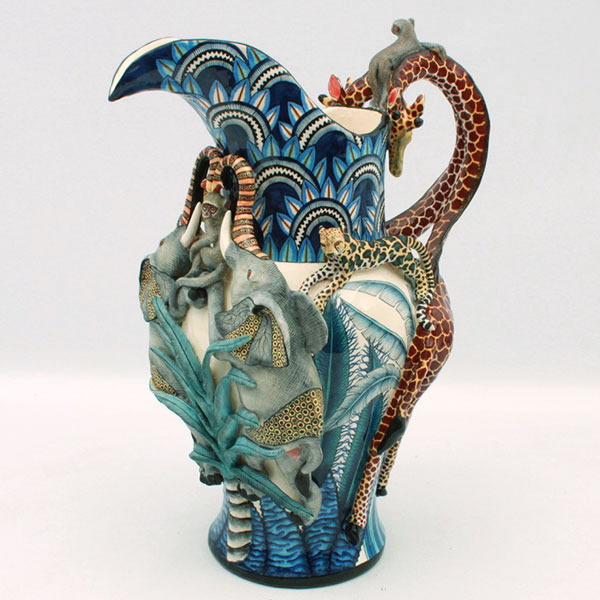
Ardmore Sabie Jungle Jug
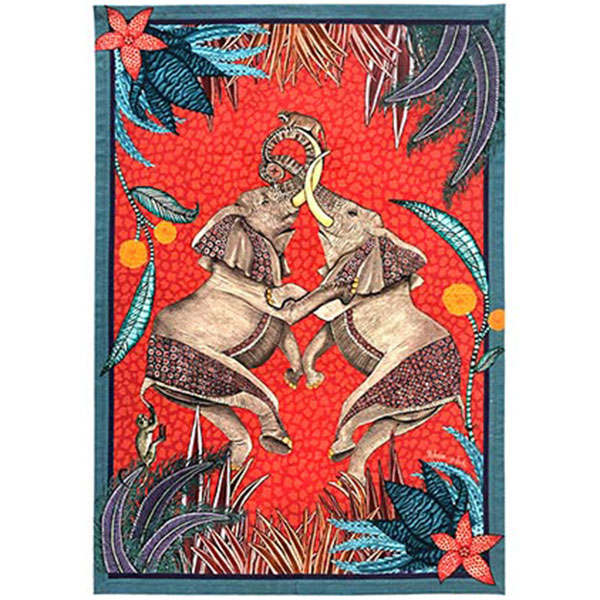
Ardmore Elephant Sunset tea towel
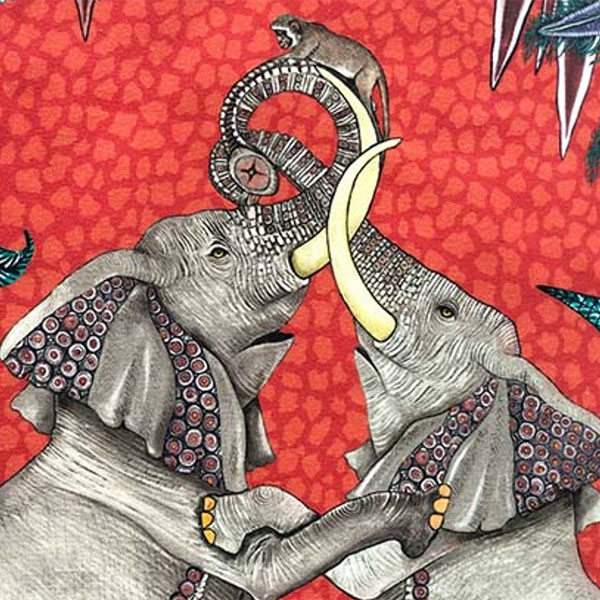
Ardmore Elephant Sunset detail
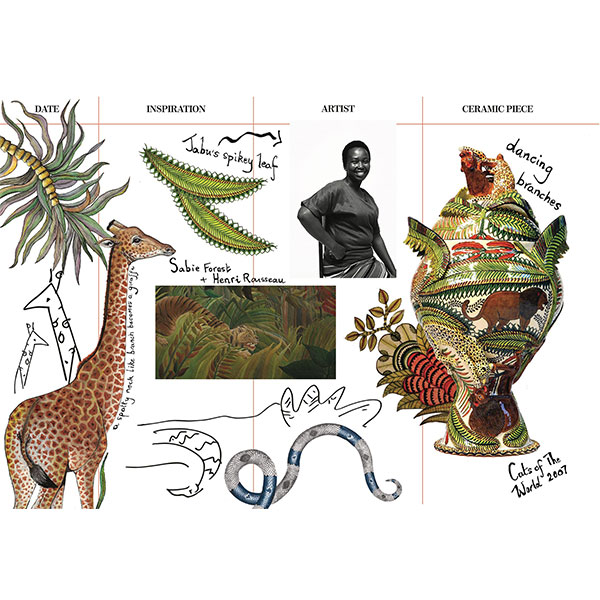
Ardmore Sabie design development
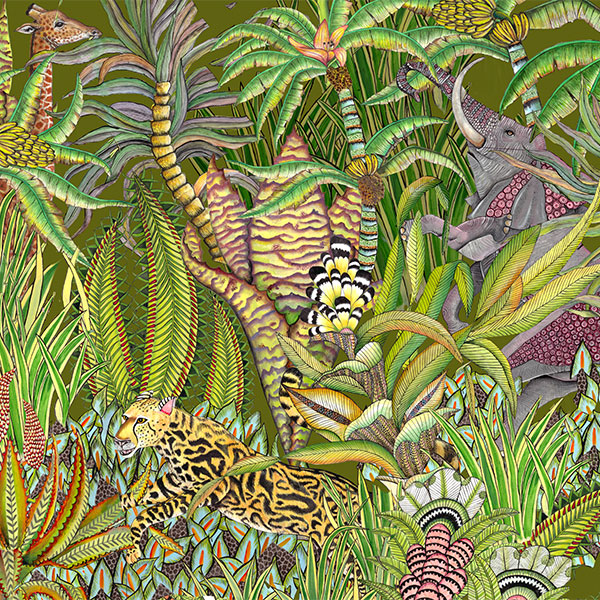
Ardmore Sabie Delta
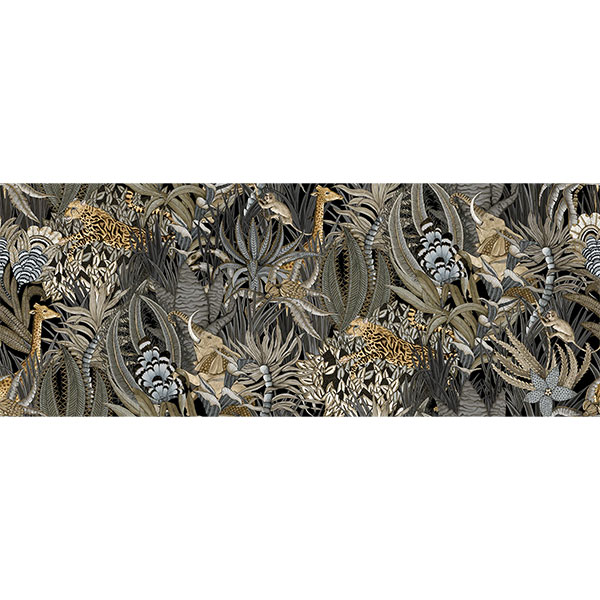
Ardmore Sabie design
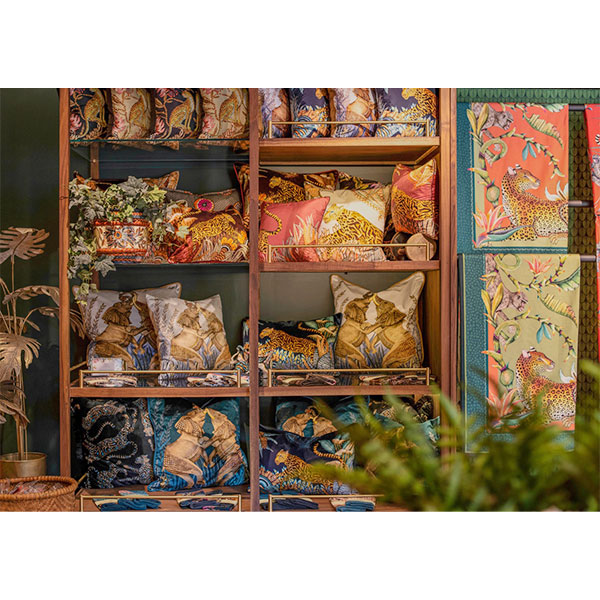
Ardmore Sabie Pillows
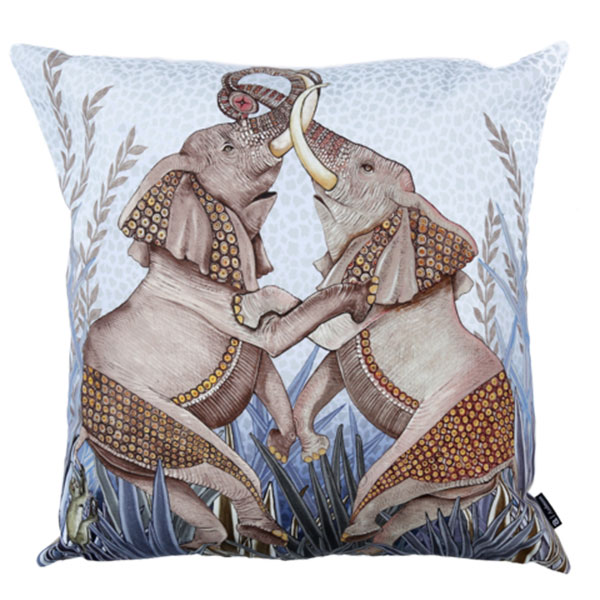
Ardmore Sabie Collection Dancing Elephant Pillow
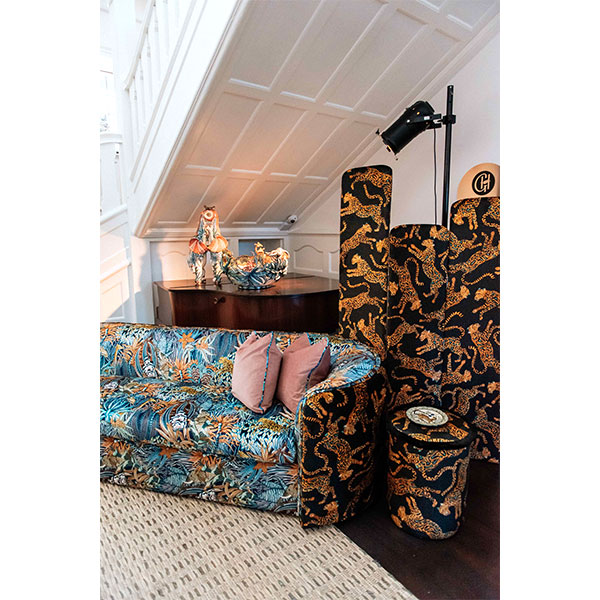
Ardmore Sabie Collection
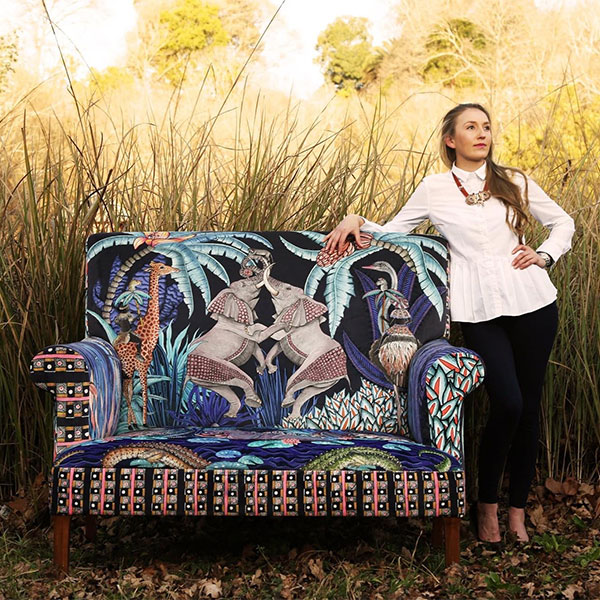
Megan Berning with an Ardmore Sabie Sofa
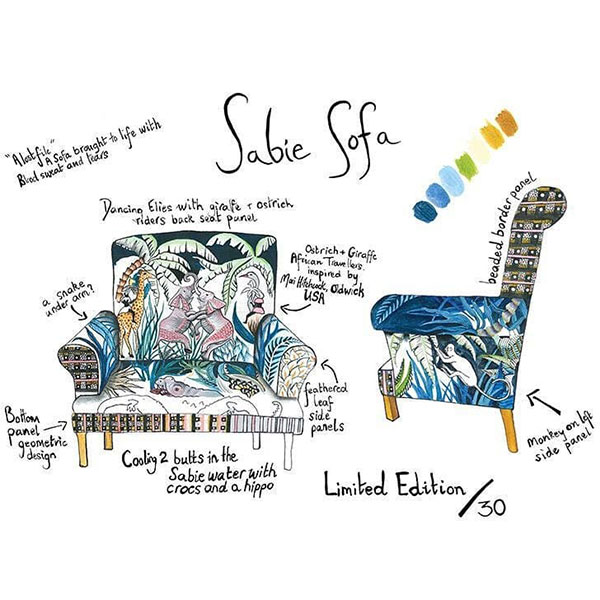
Ardmore Sabie Sofa design details
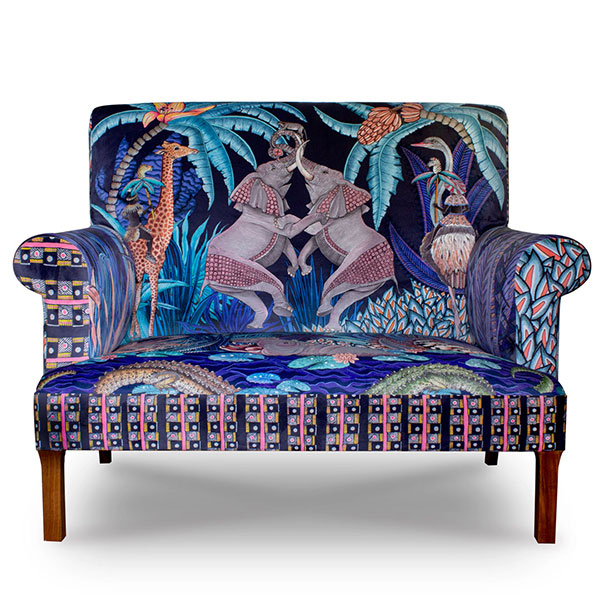
Ardmore Sabie Sofa Tanzanite
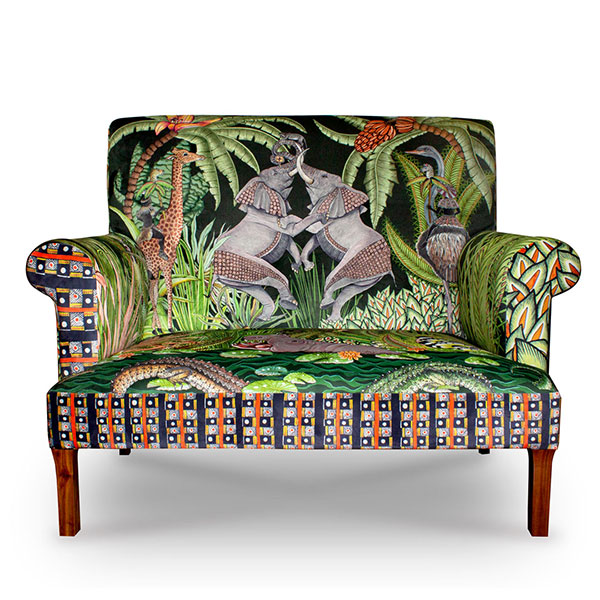
Ardmore Sabie Sofa Delta
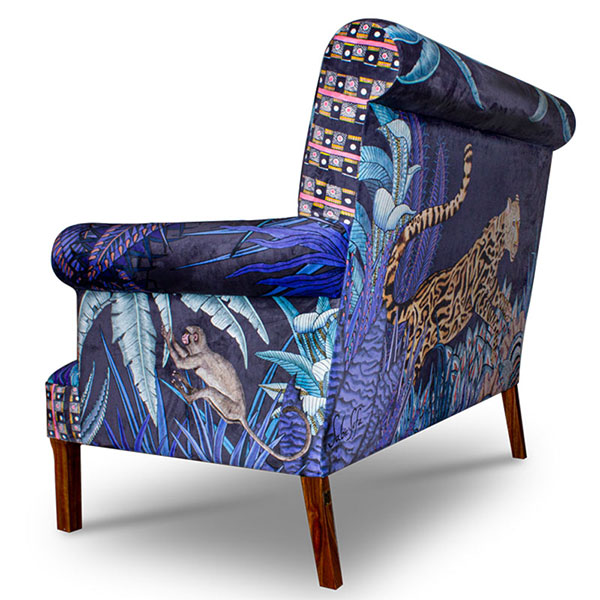
Ardmore Sabie Sofa Tanzanite
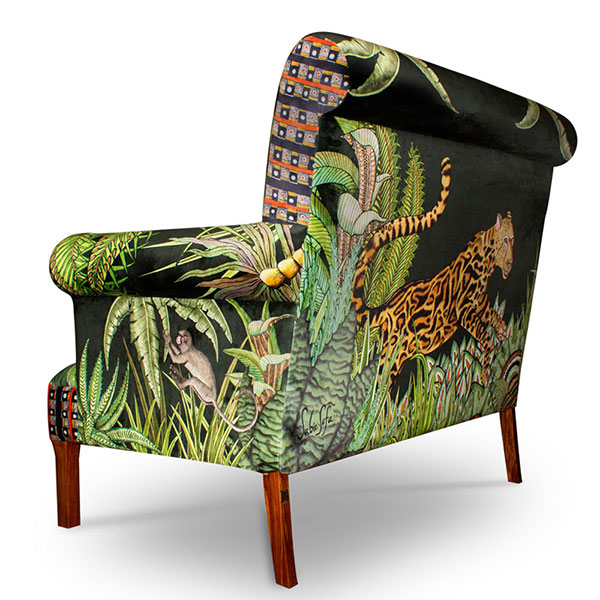
Ardmore Sabie Sofa Delta
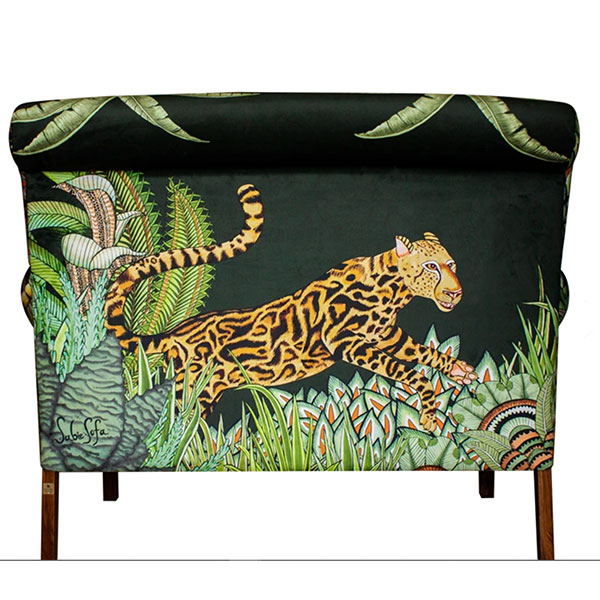
Ardmore Sabie Sofa Delta
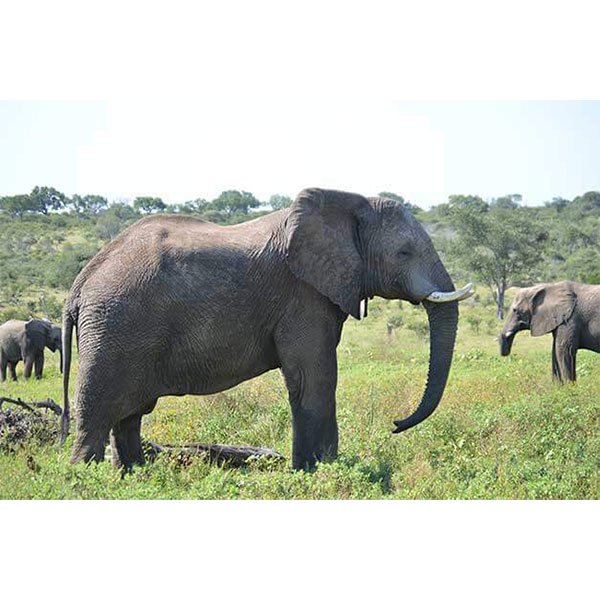
Jabulani Elephants
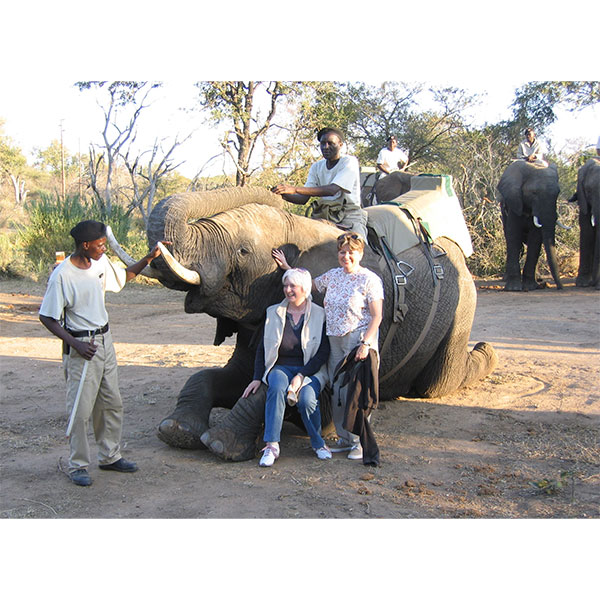
Louise Irvine & Doris Moore with elephants
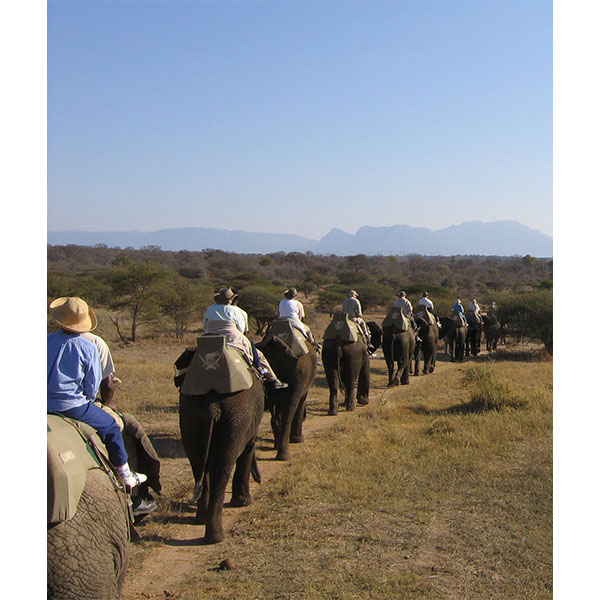
Jabulani Elephant Safari
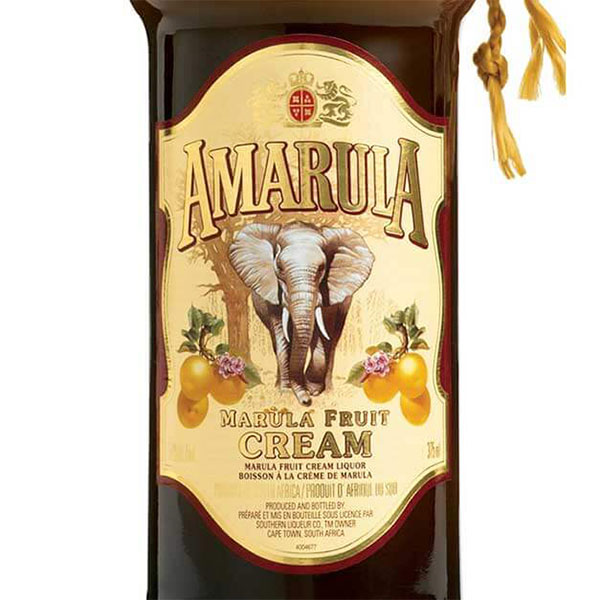
Amarula Cream & Marula Fruit Liqueur
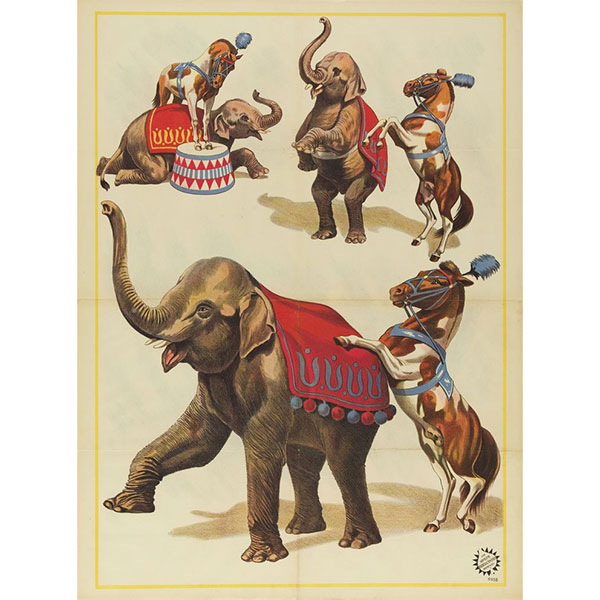
Circus Elephant poster
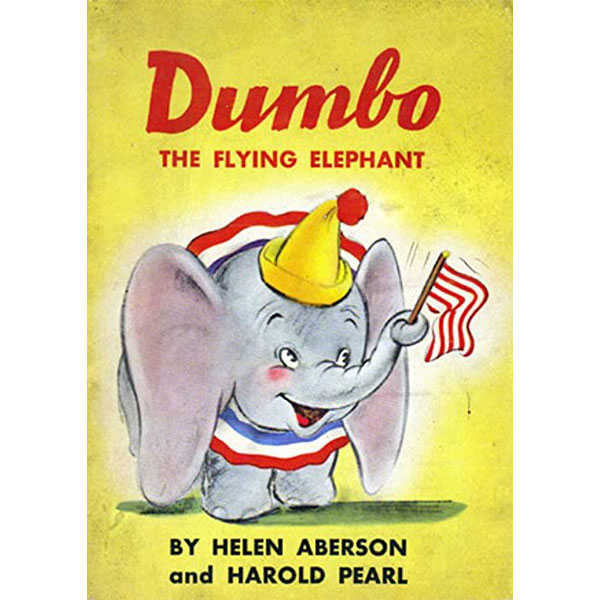
Dumbo the Flying Elephant by H. Aberson and H. Pearl
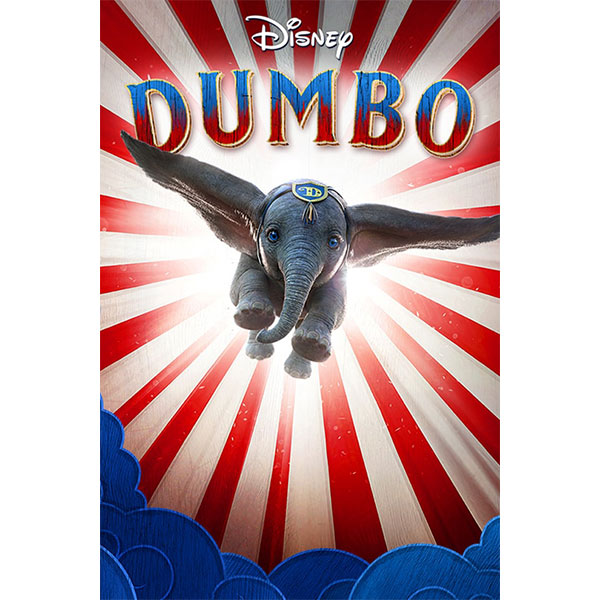
Disney Dumbo Poster
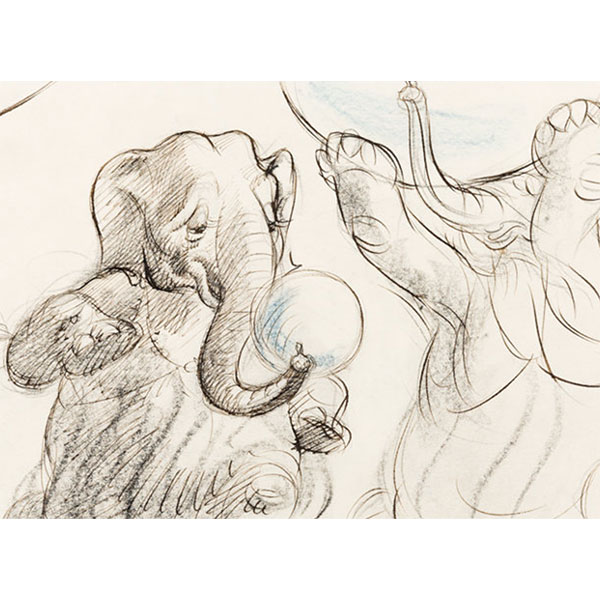
Disney Fantasia Concept by L. Blair
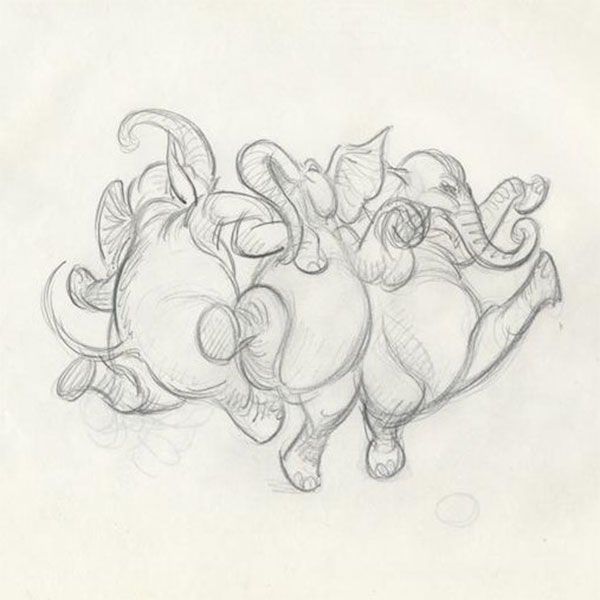
Dancing Elephants Animation by P. Blair
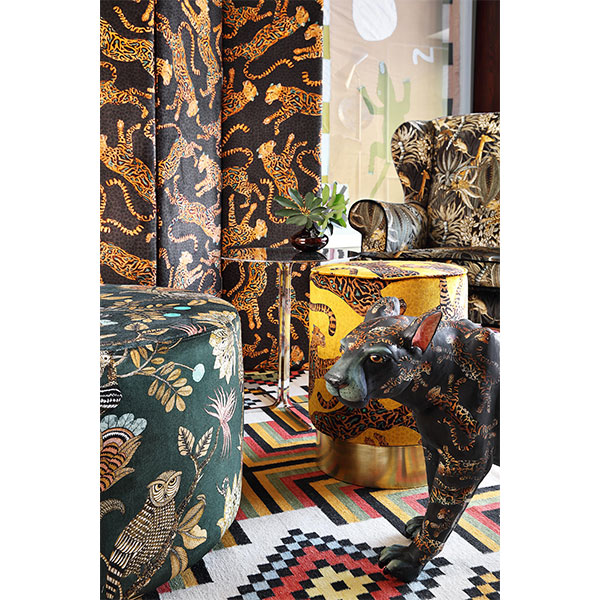
Ardmore Sabie Collection

Ardmore Sabie Pillows
